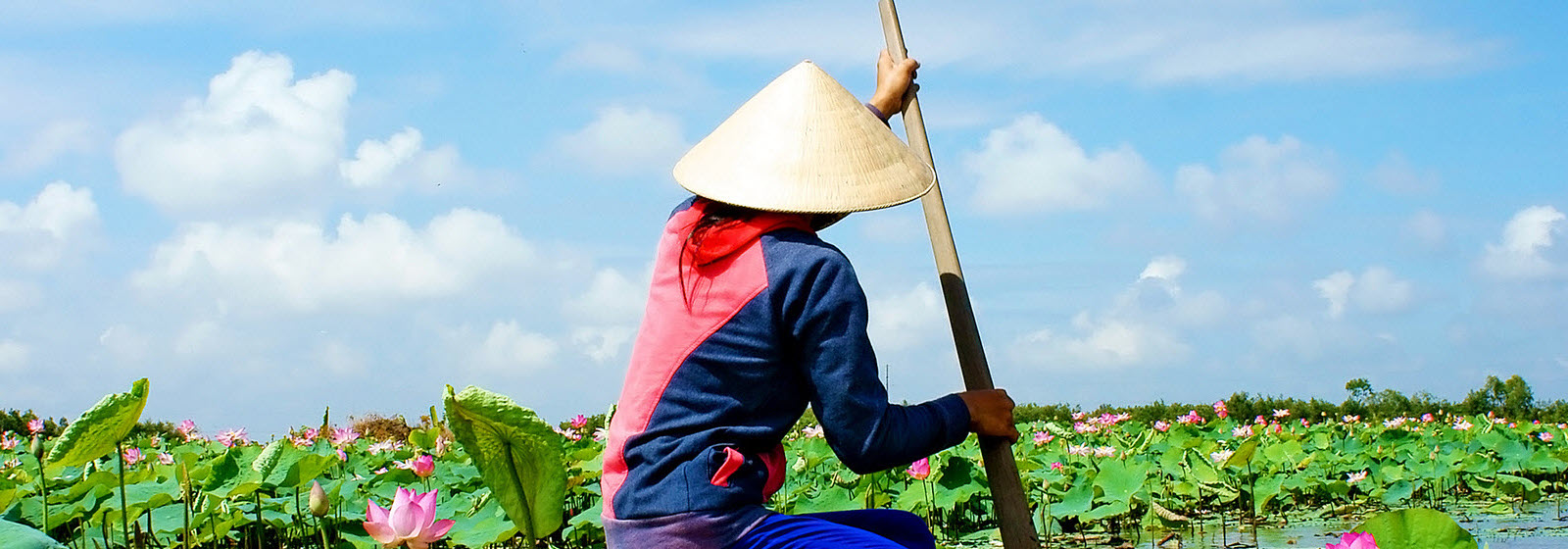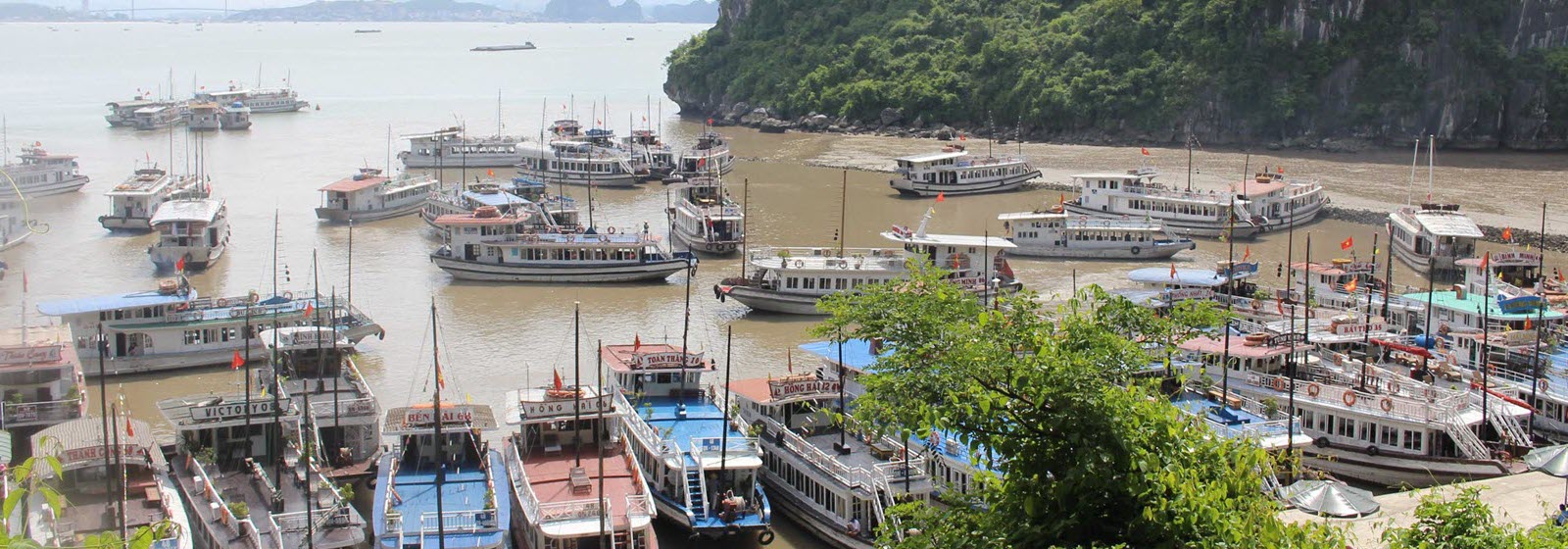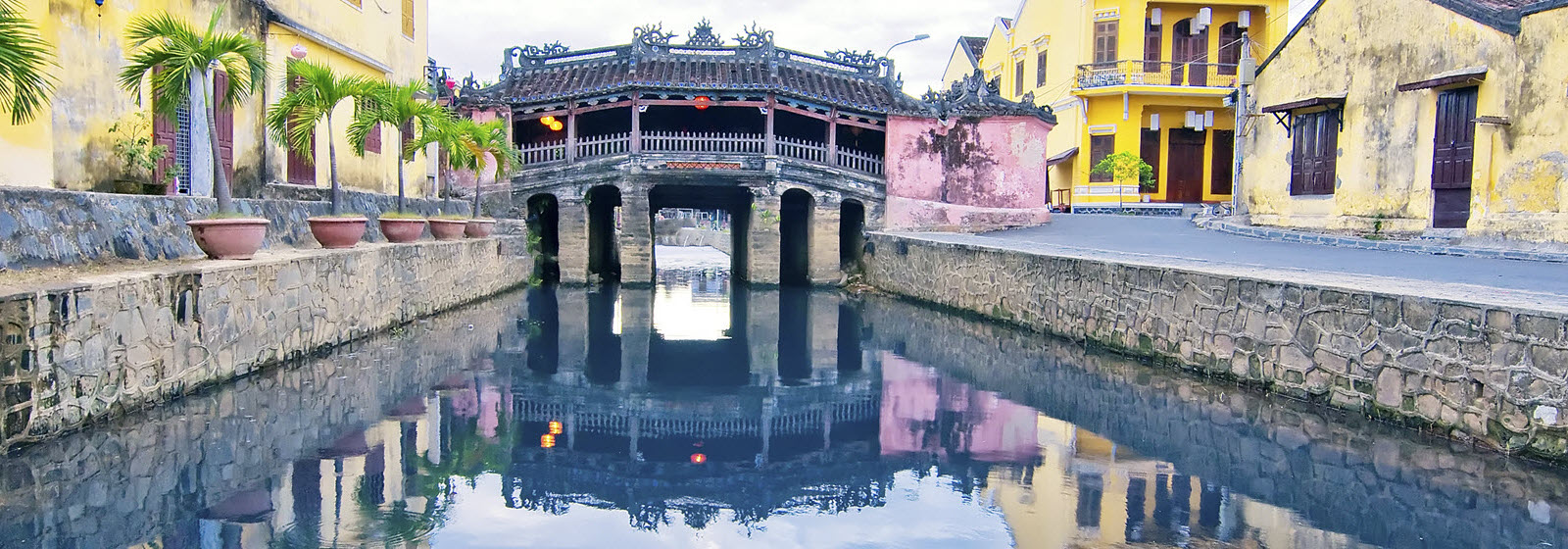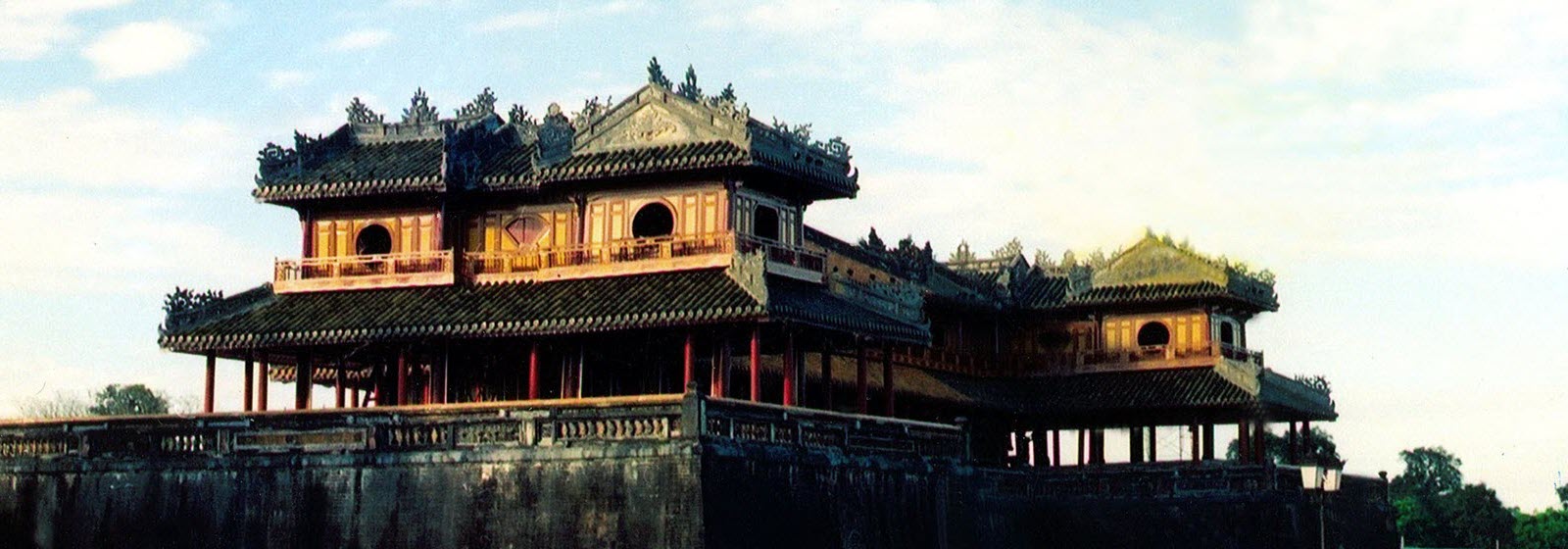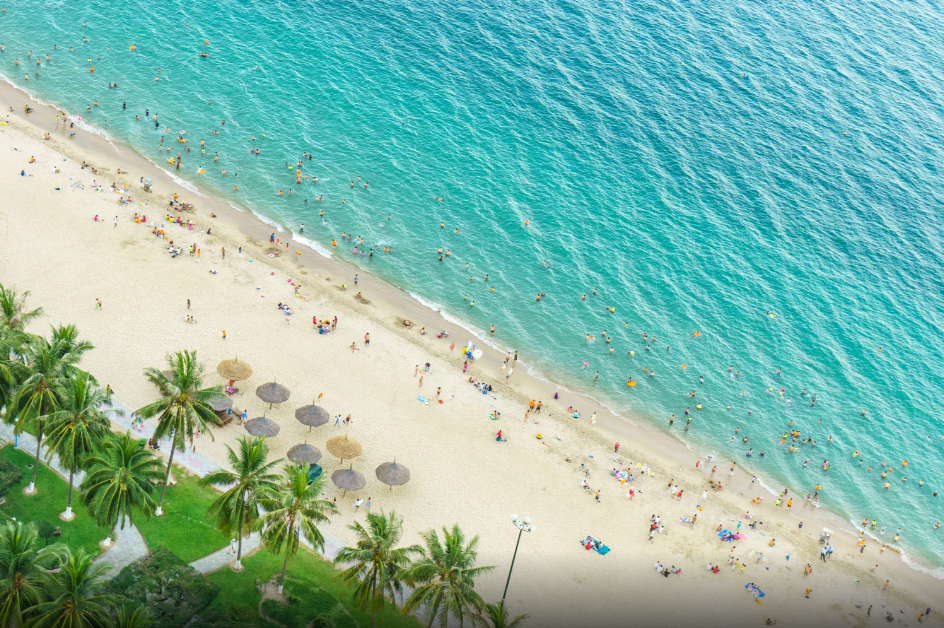Travel News
Quy Nhon Travel Guide
While Vietnam is becoming better known among international travelers, Quy Nhon is still not on most people’s radar. That’s why, if you are looking for a hidden spot to get to know the real Vietnam and explore some beautiful countryside and pristine beaches, Quy Nhon needs a place on your itinerary. Hop on a bus or plane to get away from the bustle of crowded cities or touristy beach towns and get ready to be wowed by crystal-clear waters, ancient ruins, friendly locals, and mouthwatering seafood delicacies. Curious? Read on to find out what Quy Nhon has to offer!
Quy Nhon History
While the town of Quy Nhon was only founded in the 18th century, many signs suggest the area was already inhabited by people of the Champa culture as far back as the 11th century. Around the 14th century the first Vietnamese settlers came to the area and in the early 18th century the Tay Son Dynasty developed the growing town’s seaport of Thi Nai for both trade and military fortification. What made the town most famous though, is that Emperor Nguyen Hue is said to have been born in Quy Nhon.
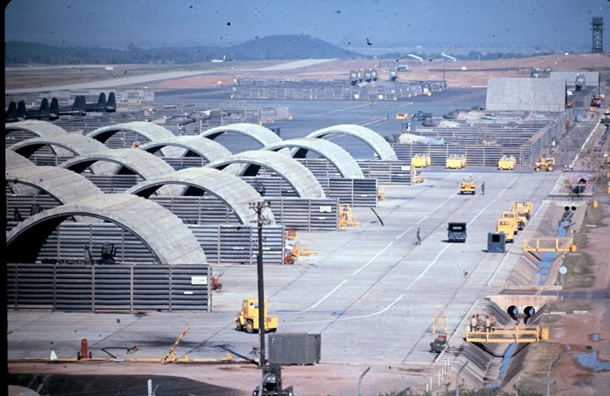
During the Vietnam War, the city gained importance as an American naval and army base. Today the port is mainly used for trade and Quy Nhon is slowly being discovered as a great destination for a relaxing getaway thanks to its soft sandy beaches and the beautiful landscape around the city.
Quy Nhon Travel Map:
Best Time to Visit Quy Nhon – The Climate
To make the most of your visit to Quy Nhon, plan to visit between January and March. During this time temperatures reach the high twenties and there is little chance of rain. The later you come during the year, the hotter it will get. If you don’t mind the heat, even the summer months are a great time to travel as there will be fewer other visitors.
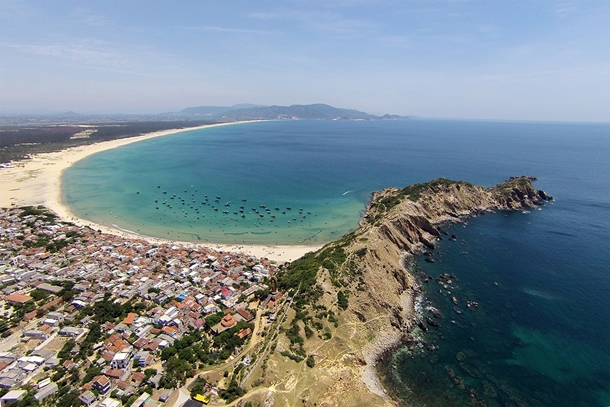
If you come between September and December, you will risk having your plans ruined by heavy downpours several times a day as this is the area’s rainy season. You can still enjoy the beautiful beaches but be ready for the occasional storm and know that you might not be able to go on boat tours due to weather conditions during these months.
How to Get to Quy Nhon
By air
Depending on where you are traveling from, there are several different ways to get to Quy Nhon. If you are coming from Hanoi or Ho Chi Minh City, you can fly into Phu Cat airport with any of the main airlines (Vietnam Airlines, VietJet, Jetstar Pacific). After the short 60-minute flight, grab a taxi (make sure they use the meter!) or a shuttle bus. These busses are quick and cheap, costing only around 50,000 VND. To get one back to the airport, ask the operator where the pick-up stations are in town, so you can easily find one when you head out.
By train
Taking the train is a great choice when coming from Danang, Nha Trang, or Hue. There are several a day, they take only around 3,4-5, or 5 hours and if you grab a window seat you’ll have wonderful views of the countryside. Here you can find the schedule for various trains and book directly online.
You can take the train from Hanoi or Ho Chi Minh City as well, it will just take you a good bit longer. But if you’re not pressed for time, this is a cool way to travel like the locals and maybe even make some new friends on the journey.

Dieu Tri Train Station (where you’ll get off) is about 10 kilometers outside of Quy Nhon city so you’ll have to take a taxi to reach the town. Again, make sure the driver uses the meter, so you don’t end up paying a crazy fare. To give you an idea, it should be around 250,000 VND.
By coach
Another option is to go by coach. There are several from both Ho Chi Minh City and Hanoi every day, but be warned, the journey is quite long. You’re looking at about 15-18 hours on the bus. That aside, it’s the most budget-friendly option to get to Quy Nhon, costing only about half as much as the train.
To make things a bit more comfortable, book a bus with a berth where you can lay down and get some sleep. It might cost a few VND more but if that’s what it takes to get through an 18-hour bus ride sanely, it’s not so bad. Head over to vexere.com (the site is in English and Vietnamese) to see which busses are available.
What to See and Do in Quy Nhon
For a small town, Quy Nhon has many things to offer. Whether you’re looking to relax by the sea or want to go out and explore, there are plenty of ways to keep busy here.
Enjoy the beaches
Quy Nhon is most famous for its beautiful beach which runs along the eastern edge of town in a gently curved bay. This endless strip of soft sand is tranquil and inviting, making it the perfect place to stay if you want to chill out and get a tan. You’ll find a few beach bars and restaurants so if you need a cold beer to cool off or a quick snack, you’re all set.
Around sunset, the beach gets a bit busier as people come to marvel at the stunning sunsets. Be sure to secure a nice spot and take in the view of the burning sun slowly sinking into the sea.
Another fun beach to visit is Queen Beach or Egg Beach. It’s a few minutes away from the center in Han Mac Tu Memorial Park, a site dedicated to a famous Vietnamese poet. Check out his memorial and head down to the beach which is lined with smooth, egg-shaped stones (hence the name). While this isn’t the best place to lay out, you have a beautiful view of the ocean and some great photo opportunities at Egg Beach.
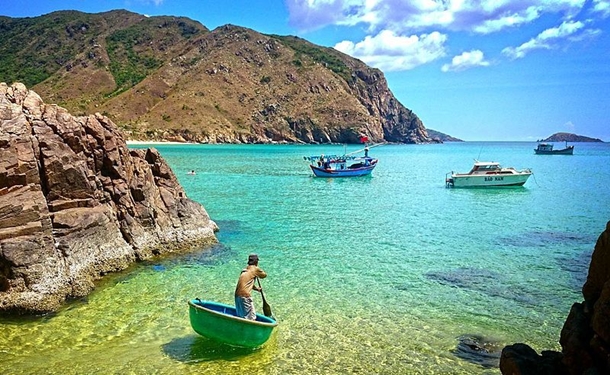
With Quy Nhon being right on the coast, obviously, you will get delicious fresh seafood. Since the restaurant scene is still in its very early stages here, it can be a bit challenging to know where to go for a yummy bite. The best thing to do is ask your hotel’s or hostel’s front desk staff where they love to go to get their fix of fresh spiny lobster, scallop, and crab. They will likely suggest some small hole-in-the-wall places that might look a bit ramshackle from the outside but offer some of the best culinary and cultural experiences. It’s in these places you’ll find the best and freshest seafood, prepared according to family recipes and served right off the stove. We wrote another article about some of the best places to indulge in seafood and other local specialties in Quy Nhon, so check it out.
Banh It and Thap Doi Champa towers
Quy Nhon is in Binh Dinh, the Vietnamese province with the highest number of Champa-era ruins. The Champa are the indigenous people who settled in large parts of Vietnam and Cambodia and used Quy Nhon as a port from the 11th to the 15th century.
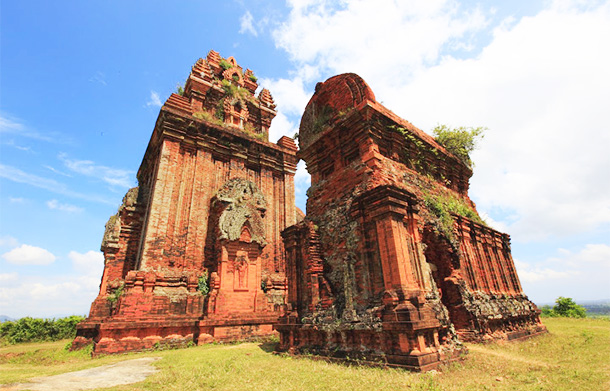
Knowing this, it won’t surprise you that there is an impressive double tower (named Thap Doi) in the heart of the city. For more historical relics, rent a motorbike and head out into the countryside to find Banh It, another Champa tower perched on a hill. It’s just about a 15-minute drive from the city and totally worth it. The trip will take you through verdant rice paddies, over small rivers, and finally towards the small hill with the tower. Climb up to visit it and get a sweeping view of the coast, fields, and hills in the background.
Visit local markets
Markets are always a great place to learn more about the daily life of local people. Stop by one in Quy Nhon to find out what kind of seafood is most popular, pick up a few new types of tropical fruit and try freshly prepared Vietnamese food.
If you’re looking for a good place to have seafood, markets are your best shot as this is where many families will buy their food or come to have a meal together. Take some time to walk around, check the catch of the day and choose something to try. Negotiate the price before you have your food prepared to avoid unpleasant surprises and get ready for some of the best seafood you’ve ever tried.
Just about 20 kilometers from Quy Nhon city, Phuong Mai peninsula and Nhon Ly beach await. Apart from being a secluded, quiet location, they offer an exciting change of scenery. The huge sand dunes right beside Nhon Ly beach are not just stunning but also a great place to try sandboarding. Local operators offer the equipment needed if you’re interested in sliding down the dune. If not, you can climb it anyway, and sit at the top enjoying the views of the coast and nearby hills.
Eo Gio – the Windy Pass
If you’re already on Phuon May peninsula, head over to Eo Gio, also known as the Windy Pass. Here, rocky structures meet the sea and stretch out into the water. They create a beautiful landscape of rough cliffs dropping straight into the water that’s fun to explore. While you can’t swim here, it’s a great place to enjoy the beauty of nature and catch a cool breeze. Careful, the winds can get strong, so hold on to your hat!
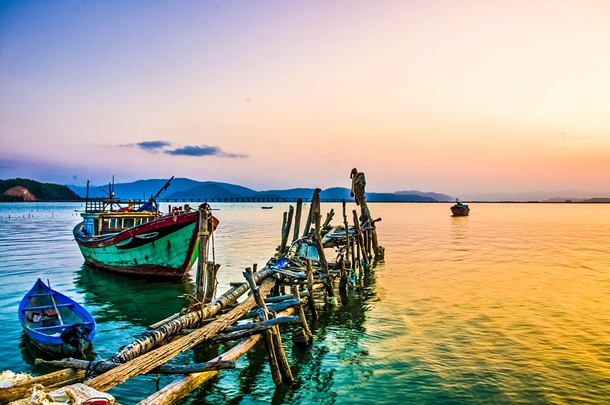
Explore a local fishing village
While you drive from the city to the Champa tower or Phuong Mai Peninsula, make a quick stop in one of the fishing towns you drive through. There are many along the coast and it’s a great chance to see how the fishermen make their living. Depending on the time of day you get there, you might only see women and children in town as all the men are at sea, or you’ll witness them coming home and preparing their catch for the market or the dinner table.
other news
- Sihanoukville Online Maps and Travel Guide
- Ha Noi Travel map and infomation
- Things to do in Halong City
- Da Nang - Vietnam travel map and guide
- Ba Ria - Vung Tau Information
- Nha Trang Information and Guide
- Ho Chi Minh City Information and Guide
- Vietnam road along ocean named among Asia's most spectacular
- Everything about Vietnam weather -Best time to visit Vietnam
- How to Travel Cambodia from Vietnam.


